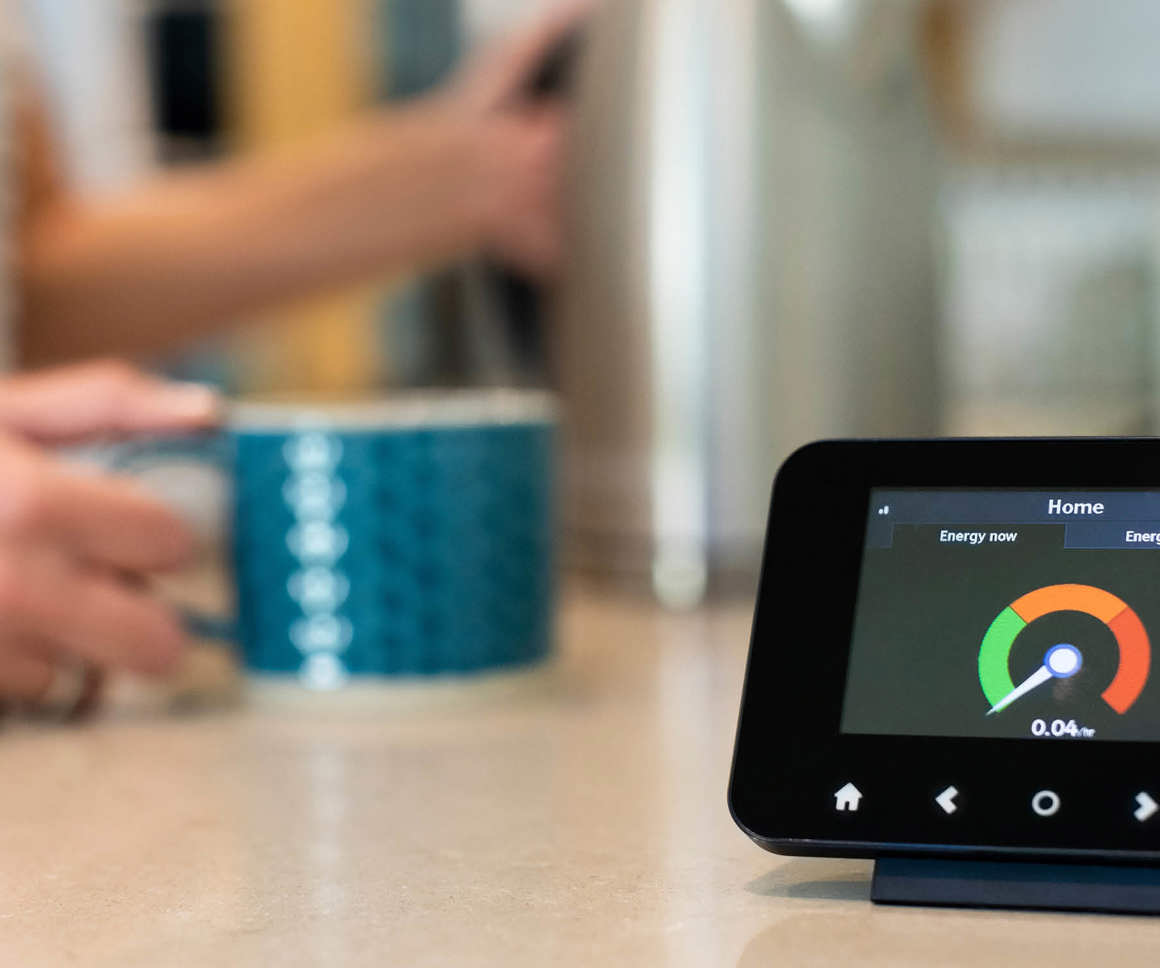Smart metering in Great Britain: what went wrong and how we fix it
Energy transition New energy business models
Great Britain’s smart meter rollout is meant to modernise energy consumption, making it more transparent, efficient, and responsive to consumer needs.
The idea is that households will be able to:
- Monitor their energy use in near real-time
- Shift demand to cheaper off-peak times
- Contribute to the national energy transition by minimising renewable curtailment
- Wave goodbye to estimated bills
It sounds like a win for everyone: customers, energy companies and the environment.
But to date the rollout has not gone as planned. Technical issues, poor public messaging and misaligned strategies have eroded public confidence, leaving millions of meters dysfunctional. A backlash in the media has also poured fuel on the fire.
To realise the benefits of smart metering, we must first confront the failures. Here’s where it went wrong — and how we can fix it.
BBC panorama - The truth about smart meters
Watch nowAlmost half of GB homes still don’t have a functioning smart meter
Flexible demand and increased consumer participation will be essential to building a resilient, green grid. Yet, as of today, only about 63% of eligible homes have smart meters, with roughly a tenth of those that have been installed still operating in dumb mode i.e. not providing smart benefits. This means that the full promise of smart metering remains out of reach for nearly half of all domestic properties.
How the rollout was derailed
Misaligned rollout strategy
Unlike most European countries, which relied on network companies for installation, GB chose to give the job to energy suppliers, with customers being free to accept or decline a smart meter. The idea was that suppliers would be well placed to generate demand for the new devices as part of their ongoing conversation with customers.
This approach had two predictable results:
- It proved inefficient and costly, as suppliers faced the challenge of servicing customers scattered across the country. By contrast, network companies could have clustered installations for greater efficiency.
- A sizeable number of customers chose to keep their old, analogue meters. A network-led model could have positioned the installation as a technical upgrade — much like the national transition from analogue to digital TV — minimising resistance.
The outcome has been an inefficient and incomplete rollout that might have been more streamlined with a network-led model.
Complex and confusing technology
The rollout of first-generation SMETS1 meters complicated the process unnecessarily.
SMETS1 meters were not an appropriate solution for the UK market, where frequent supplier switching is common. As a result, many of these meters went ‘dumb’ after customers changed providers, stopping the data transmission that enables smart features. In fact, around four million smart meters have reverted to dumb mode or face connectivity issues, limiting their intended impact.
Imminent network obsolescence
The situation is set to worsen with the upcoming shutdown of the 2G and 3G networks, which will render many meters inoperable. Approximately 7 million properties will require hub replacements to maintain smart functionality once these networks retire, adding another layer of cost and inconvenience. Addressing this upcoming wave of obsolescence is essential to avoid a further setback in public confidence.
Ineffective public messaging and the fallout
While technical issues are clear, communication failures may have caused more lasting damage. The public still doesn’t understand the tangible benefits of smart meters, with many apparently believing that they represent an intrusion, by spying on households.
For example, a Smart Energy GB campaign featuring a Beefeater promoted the duty to install a smart meter but didn’t explain why such a decision would help the nation — for instance, by improving energy security and integrating renewables. Without clear, benefit-focused communication, myths have proliferated.
Some media outlets, like the Daily Telegraph, have suggested that smart meters would lead to "surge pricing." I spoke to the newspaper for this article and said that: “What you’ll end up with is a range of options to appeal to different risk appetites…. It brings better uses of zero carbon sources such as wind and leads to lower average bills for everyone”.
Fixing the system: A thoughtful approach
While we must address the failures, there is also an opportunity to review the broader rollout strategy.
Set targets for fixing as well as installing
There needs to be at least as much regulatory focus on repairing non-functional meters as there currently is on installing new ones. With four million meters not working, and more set to go offline in the near future, balancing new installations with fixing issues is essential to improve trust and reduce costs. Whereas simply continuing to install new meters without addressing existing ones will only add to public mistrust and programme complexity.
Revisiting the rollout strategy
The current approach to smart meter deployment has clearly struggled to achieve its goals, so a strategic review is essential. Several options could help streamline the process:
- Switch to a network-led approach: Shifting responsibility to network companies, which manage specific regions, could improve efficiency by allowing installations to be clustered geographically. Many European countries have adopted this model successfully, reframing smart meters as a system upgrade rather than a consumer choice. However, such a shift isn’t without challenges. It may be viewed as a last-minute attempt to bypass household objections, so a well-crafted, large-scale public information campaign would be essential to prevent a backlash. Additionally, transferring obligations to network companies and reassigning the workforce would require time, regulatory adjustments, and significant investment.
- Retail-led with opt-out: Maintaining the retail-led model but shifting to an opt-out system could streamline the process. Under this approach, households would automatically receive a smart meter unless they actively decline. This could increase uptake by reducing friction related to decision-making, aligning the rollout more closely with the goal of universal adoption without requiring as drastic a structural change.
- Install in ‘dumb mode’ when the customer says no: For households that decline smart meters, installing smart meters in dumb mode provides a fallback. This means smart features could be remotely activated in the future via a software update if circumstances change or when there’s increased acceptance. Given that around three-million-meter replacements occur annually in a ‘steady state’ UK market, this approach would allow gradual but consistent progress. Combined with the opt-out model, it could accelerate the rollout considerably, enabling universal smart meter availability within a few years.
Rebuilding trust and addressing costs
Retail companies face greater complexity and costs in a dispersed rollout — costs that are ultimately borne by consumers. For example, the average installation cost for a dual-fuel meter rose from ~£170 in 2019 to >£250 in 2023. Any revised strategy must account for these inefficiencies, to make costs manageable for suppliers and consumers alike. As an industry — and as a nation — we need to be honest with ourselves about the scale of the future investment required to finish the job.
Fixing and reviewing the foundations
Smart meters are still central to the GB’s energy future, but to unlock their potential, we must fix the existing failures and review the rollout strategy. Whether through a shift to a network-led model or an opt-out approach, the focus must now be on efficiency, trust, investment and better messaging to realise the many benefits of smart metering.
Subscribe to our thinking
Get relevant insights, leading perspectives and event invitations delivered right to your inbox.
Get started to select your preferences.





